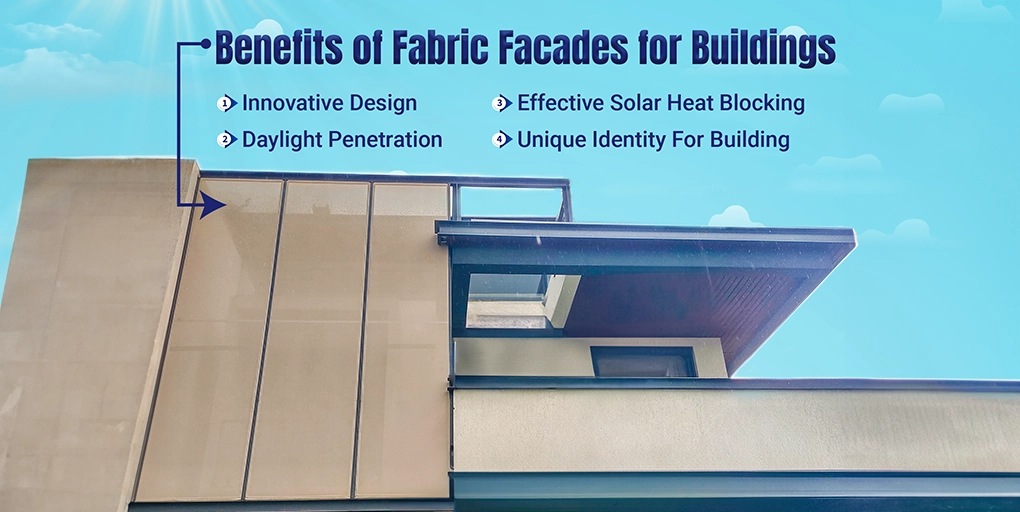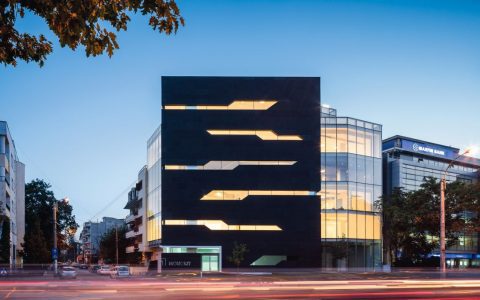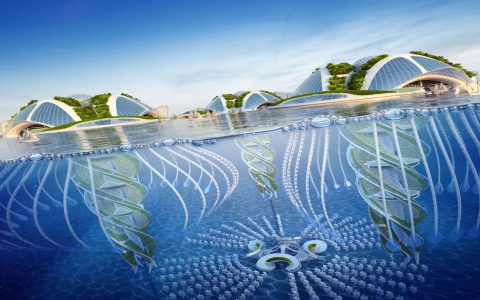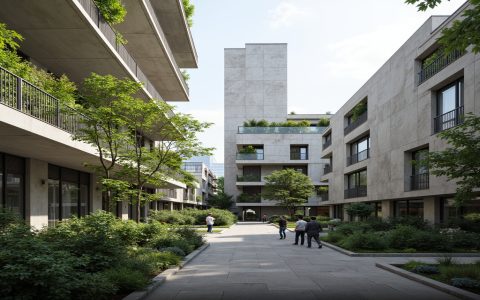Facade design significantly impacts a building's performance, longevity, and overall value. Its importance stems from multiple tangible benefits:
Essential Advantages for Homes & Offices
Enhanced Energy Efficiency: A well-designed facade regulates heat transfer. Strategic material selection, thermal breaks, and optimized glazing reduce heating/cooling demands. This translates to consistent indoor comfort and tangible long-term savings on utility bills, potentially reducing energy costs by 20-30%.
Improved Indoor Environmental Quality: Modern facades integrate effective daylighting strategies and ventilation control. Maximizing natural light boosts occupant well-being, productivity (in offices), and mood while reducing reliance on artificial lighting. Controlled ventilation protects against outdoor pollutants and noise.

Superior Protection & Durability: The facade is the primary shield against harsh elements. A robust design using quality materials protects the building structure from:
- Water infiltration (preventing mold & structural damage)
- Wind loads and extreme weather
- UV radiation degradation
- Temperature fluctuations
This directly lowers maintenance needs and extends the building's lifespan.
Increased Aesthetic Appeal & Branding: The facade defines the building's visual identity. For homes, it enhances curb appeal and property value. For offices, it communicates corporate image, professionalism, and attracts clients/tenants. Thoughtful design creates a memorable architectural statement.
Long-Term Value & Sustainability: Investing in a high-performance facade contributes significantly to a building's lifecycle value. Reduced operational costs, minimized repairs, enhanced occupant satisfaction, and alignment with green building certifications make it a cornerstone of sustainable, economically sound construction.







